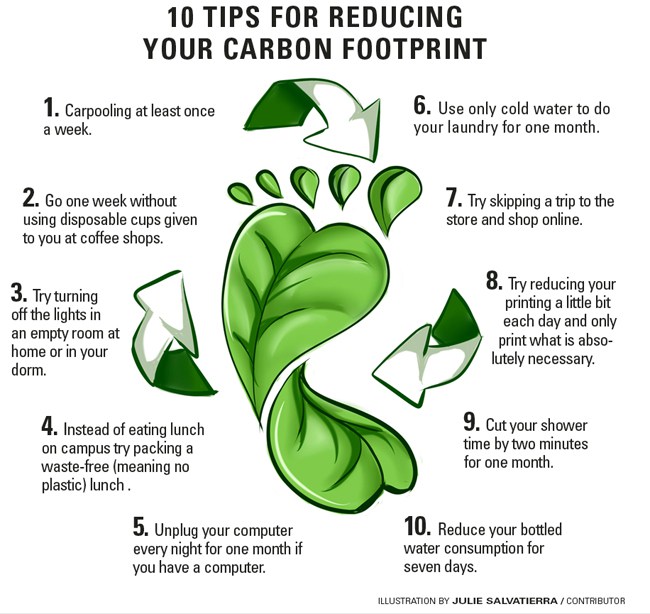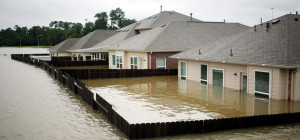If you are someone who is worried about the long-term impact that you are going to have on the world, it is important to make changes in your life to reduce your carbon footprint. One major impact on your carbon footprint is the way that you operate your home. There are many people who do not realize that there are many changes they need to make to their home to make it more energy-efficient and eco-friendlier. The following guide walks you through a few changes you may want to make to your home when you are ready to reduce your carbon footprint.
Add Energy-Star Appliances to Your Home
Appliances that feature the Energy-Star label use less energy to operate than traditional appliances. Replacing your appliances with energy-efficientoptions ensures that you use as little power as you possibly can to operate your home. There are refrigerators, stoves, washers, dryers, and just about any other appliance, your home could need available as energy-star appliances.
Add a Wood Fence to Your Yard
If you want to be able to add a fence around your yard, consider having a wood fence built. Wood creates a beautiful look, while also being very durable and long-lasting. You can choose from a variety of woods and can have the wood stained or painted to create the look you want for your yard. It is best to have professionals create the fence for you to ensure that it is built properly and is secure.

Add Solar Panels to the Roof
Another great way to reduce your carbon footprint is to add solar panels to the roof of your home. Solar panels are available in many different sizes to ensure that you can have the right size panels installed on your home. It is important to have professionals install the panels so that they are placed in the proper locations. If they are not properly placed, the panels will not have as much exposure to the sun that they possibly can.
Use Rain Barrels to Reduce Water Waste
There are many areas that require lawns to be watered on a regular basis. Consider placing rain barrels in your yard to collect rain when it falls. You can then attach a hose to the barrel and use the rain that has been collected to water your grass. This allows you to avoid using another water source and ensures that your lawn is able to get the hydration that it needs.
Create a Compost Pile
A compost pile is a great addition to any yard. When you prepare meals, there are often scraps from vegetables and fruits that you cut up to cook. There are often table scraps left over after dinner, as well. You can place all of these items into a pile in your yard. Every few days, you need to go to the pile and turn the compost in the pile so that it can break down evenly. The compost can then be used in a garden or flower bed to help the plants to get the nutrients that they need to thrive.
Grow Your Own Garden
Growing your own food can be a great way to reduce your carbon footprint. You can create a great garden in your yard or even use flower pots to create a potted garden if you do not have a lot of space in your yard. Growing your own food also allows you to have peace of mind about what was used to grow the food. You will be able to know that it is as safe as it can be and that no hormones or pesticides were used on the produce.
Recycle Items that Can be Recycled
Recycling items that can be recycled is another way to reduce your carbon footprint. There are now many recycling companies that allow you to put all recyclable items into one bin rather than having to separate them into paper, metal, or cardboard. This can make recycling even easier for your family.
When you want to reduce your carbon footprint, it is important to talk to your family about the changes that you want to make. This can help to ensure that everyone is on board with you and will be able to work with you to reach the goal of having the smallest carbon footprint possible. It will take time to make all of these changes, but once they are done, you will be able to feel better about your everyday life and the impact you are making on the environment.







